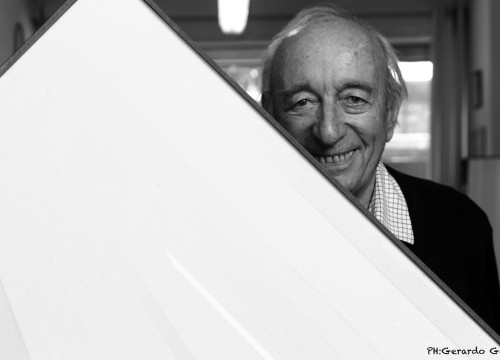Paris, Centre Pompidou: a chat with the president Serge Lasvignes
During the long periods of lockdown, Lasvignes has chosen to postpone exhibitions rather than cancel them. To avoid destabilizing the cultural ecosystem
The Centre, worldwide icon of modernity, will close from 2023 to 2027 for massive renovations
Inaugurated in 1977, the Georges Pompidou National Center of Art and Culture in Paris is the place where the arts, shows, cinema, music and the debate of ideas intersect. Deeply rooted in the city but open to the world, the museum questions the great challenges of society and the mutations of the contemporary world through the prism of creation. This emblematic building, designed by Renzo Piano and Richard Rogers, houses the National Museum of Modern Art, which is home to the richest collection of modern and contemporary art in Europe. With the Public Library of Information (Bpi) and the Institute of Musical Research (Ircam), which are its associated organizations, it welcomes more than 3.5 million visitors each year. Since 2010, a branch of the Center has been present in Metz, followed by Malaga in 2015, Brussels in 2016 and Shangai in 2019.
Since 2015, Serge Lasvignes has been its president. Born in 1954, he holds a degree in Literature and is a student of the National School of administration, he has held multiple positions at the Ministry of Education and at the General Secretariat of the French government. We would like to ask him a few questions during this delicate time for culture.
In one year, the Centre Pompidou was closed twice because of the pandemic. How did you manage those moments?
During these periods of closure (March-June 2020 and November-May 2021), we worked hard to preserve our programming schedule. We chose to postpone events rather than cancel them in order to continue to support artists, to not further destabilize the cultural ecosystem and also to be ready to reopen. We have also adapted our digital strategy to make our content available online and offer new experiences to the public. Video-guided tours, conferences, podcasts, education guides: there have been numerous projects to offer essential access to art and culture. We have achieved impressive results: 300 000 visits to the exhibition “Matisse comme un roman”, and a 445% increase in views on our YouTube channel. The digital world is confirmed as an offer for all intents and purposes, as in the case of the virtual exhibition “Dans l’intimité de Kandinsky” which was created with Google Art & Culture or the online magazine we recently launched.
In 2027, the building designed by Renzo Piano and Richard Rogers will be 50 years old
The Centre Pompidou will be closed for renovations between 2023 and 2027. How will we live for four years without the Centre Pompidou?
The building is 44 years old. A general renovation was necessary for the safety of the public, the staff and the artworks, so that this building, a worldwide icon of modernity and contemporary architecture, can comply with environmental standards and regulations. These works are a guarantee for the future and will allow us to celebrate the 50th anniversary of the Pompidou Center in 2027! During this period, we will intensify the projects in our other locations collaborating with major Parisian institutions. We will continue to share our expertise and programming, by exhibiting the collection elsewhere. We are working to open in 2024 in Massy, in the Parisian suburbs, the new conservation and creation center, and on reopening the Brussels branch which is currently closed for construction.
What are the future plans of the Centre Pompidou?
With the reopening on May 19th, the Centre Pompidou wants to participate in the awakening of the world: to and recreate a link between people and the arts. Through a wide-ranging program, the center will support creation, artists worn down by the pandemic, and will continue its development and its missions with passion, until it closes for construction in 2023. The period of closing will give us a chance to imagine what the Pompidou Center must be 50 years after its birth, so that it remains visionary, utopian and keeps its uniqueness. In 2027 it will be necessary to update and reactivate our best skills, to break with a traditional” conception of the museum, create a relationship of empathy with the public and give them the opportunity to have new and memorable experiences. The Centre Pompidou must overcome the barriers between disciplines (as contemporary artists do) and begin to imagine multiple collaborations, in France and abroad, to diversify its vision of art, create new experiences, and seek out the virtual audience that does not physically come to the museum. The Centre Pompidou must not forget that it is a laboratory for the creation of art and at the same time a public service.































